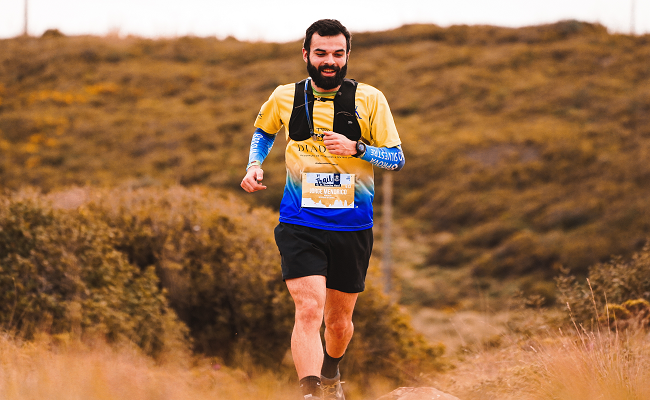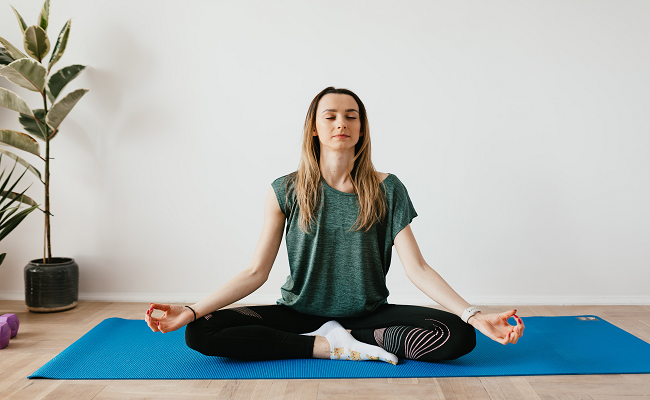Shortness of Breath and Anxiety: Understanding the Connection
Many people experience anxiety at some point. Did you know that a healthy adult could experience shortness of breath? Shortness of breath, or dyspnea, could also be a sign of anxiety. It could be one of several common symptoms.
According to one study, about 3.1% or 6.8 millions of Americans suffer from general anxiety disorder (GAD) every year. However, shortness of breath could also be another symptom of a more severe illness like a heart disease or lung condition.
Fortunately, anxiety and shortness of breath are treatable. Keep reading to learn more about anxiety and shortness of breath and how to manage them better.
Symptoms of Anxiety and Shortness of Breath

Many studies show a strong association between anxiety and respiratory symptoms, including shortness of breath. When you are anxious, your body reacts. The body exhibits a ‘natural fear’ or a fight-or-flight response from a threatening situation.
As your body reacts, you experience high blood pressure. Your heart rate and respiration rate increase too. A healthy adult’s heart rate is 60–100 beats per minute (BPM).
However, this can shoot up to 200 BPM during an attack. Counting the number of breaths can be stressful if you do it yourself. Ask a family member or friend to help you out.
Feeling short of breath is associated with the following:
- Dizziness
- Heart palpitations
- Hyperventilation
- Chest pain or discomfort
- Headaches
- Shaking
- Nausea
- Sweating
- Muscle tension
- Frequent bowel movement
You can also feel some psychological symptoms. These include feelings of restlessness, irritability, impulsiveness, sadness, depression, lacking concentration, and insomnia.
Experiencing shortness of breath from anxiety or a panic attack can be tricky. It could also be symptoms of a heart ailment such as coronary artery disease, a blood clot, or pulmonary embolisms.
Daytime or nighttime anxiety attacks occur without any apparent triggers. Strangely, there is no known cause. Risk factors such as stress and even genetics could largely contribute to anxiety.
When a person experiences anxiety, they can mentally identify what triggered it. It may take a couple of hours to feel ‘normal’ and stable again. Exercise, altitude changes, tight clothing, or a sedentary lifestyle could trigger other causes of shortness of breath.
Dyspnea could also happen to pre-existing conditions such as asthma, low blood pressure, heart attack (myocardial infarction), or heart failure. However, when you feel shortness of breath more often, you need a medical check-up as soon as possible.
Diagnosis and Treatments
Various treatments and counseling may help ease anxiety attacks and reduce symptoms like shortness of breath. One known treatment being observed is talk therapy or Cognitive Behavioral Therapy (CBT), which focuses on managing one’s thoughts and behavior.
Through this therapy, anxiety sufferers can identify thought patterns, behaviors, and triggers that lead to troubling feelings. Once these are identified, sufferers can change and cope better with their mental condition through certain strategies and techniques.
Originally, this psychotherapy treatment was designed for depression. and anxiety disorders. Its scope of treatment has expanded to other mental health conditions, such as eating disorders, substance use, and eating disorders, to name a few.
Another type of therapy widely used is called Acceptance and Commitment Therapy (ACT). The ACT approach is action-oriented and uses mindfulness and goal-setting strategies to reduce anxiety and discomfort.
People with anxiety must learn to accept and not avoid or deny the struggle with inner emotions. Once there is acceptance of these deeper feelings, sufferers can begin to understand, move forward, and take the necessary behavioral actions.
After a thorough evaluation, doctors may prescribe medications that can help alleviate anxiety. They might include antidepressants, benzodiazepines, beta-blockers, and buspirone in a patient’s care plan.
Coping Strategies for Managing Shortness of Breath and Anxiety
When you experience shortness of breath, focusing on your breathing is crucial. Getting it under control helps the right amount of oxygen into your lungs.
Take deep breaths. Many experts recommend several ways to manage shortness of breath triggered by anxiety. Here are eight techniques to help eliminate shortness of breath from anxiety:
1. Breathe from Your Diaphragm
When you experience shortness of breath, you can do the diaphragmatic breathing technique. Diaphragmatic breathing mainly uses the diaphragm.
It can slow your breathing rate, decrease the demand for oxygen and use less effort and energy to breathe.
2. Practice Grounding Techniques
One type of grounding technique, progressive muscle relaxation, involves focusing entirely on sensations. Clenching muscles and slowly releasing them is an excellent way to practice grounding.
3. Consciously and Mindfully Distract Yourself
How? Distract your mind from panicking. Focus your mind and describe the things around you—elements, color, textures, etc. Shift your focus to the surroundings instead of your feelings.
4. Talk with Yourself
Self-talking is a natural activity. Talking exercises can help you think rationally and become aware of the triggers and symptoms of your anxiety. You can pull yourself out of your attacks by talking with yourself.
5. Engage in Physical Activities
Exercising, doing a quick run, swimming several laps, yoga, and other physical activities can actually help you cope with your anxiety attack and help you settle down.
6. Practice Mindfulness
Being mindful in everyday activities such as eating and walking will help you become aware of your body and anxiety triggers.
7. Self-Care Is Essential
Being healthy in mind and body is vital. Eating a healthy diet, avoiding caffeinated tea, listening to soothing music, and journaling can help.
8. Maintain a Thought Journal
Experts say writing your thoughts is a form of therapy. Keeping a journal can help you write down thoughts, feelings, and sensations of your last anxiety attack. When you do this activity, you can discover the triggering factors, which you can discuss your with a trusted therapist.
Shortness of breath and other anxiety-driven symptoms can mimic other more severe conditions. If you experience prolonged symptoms like painful chest heaviness, racing heartbeat, high-pitched wheezes, swollen feet and ankles, and more, seek medical help immediately.
Conclusion
Anxiety attacks or shortness of breath are not pleasant experiences. You can manage it better when you can recognize it at once. Worrying more about your anxiety won’t help.
Focus on your breathing to calm you down. For your peace of mind, see a mental health professional to help you cope and live better.





